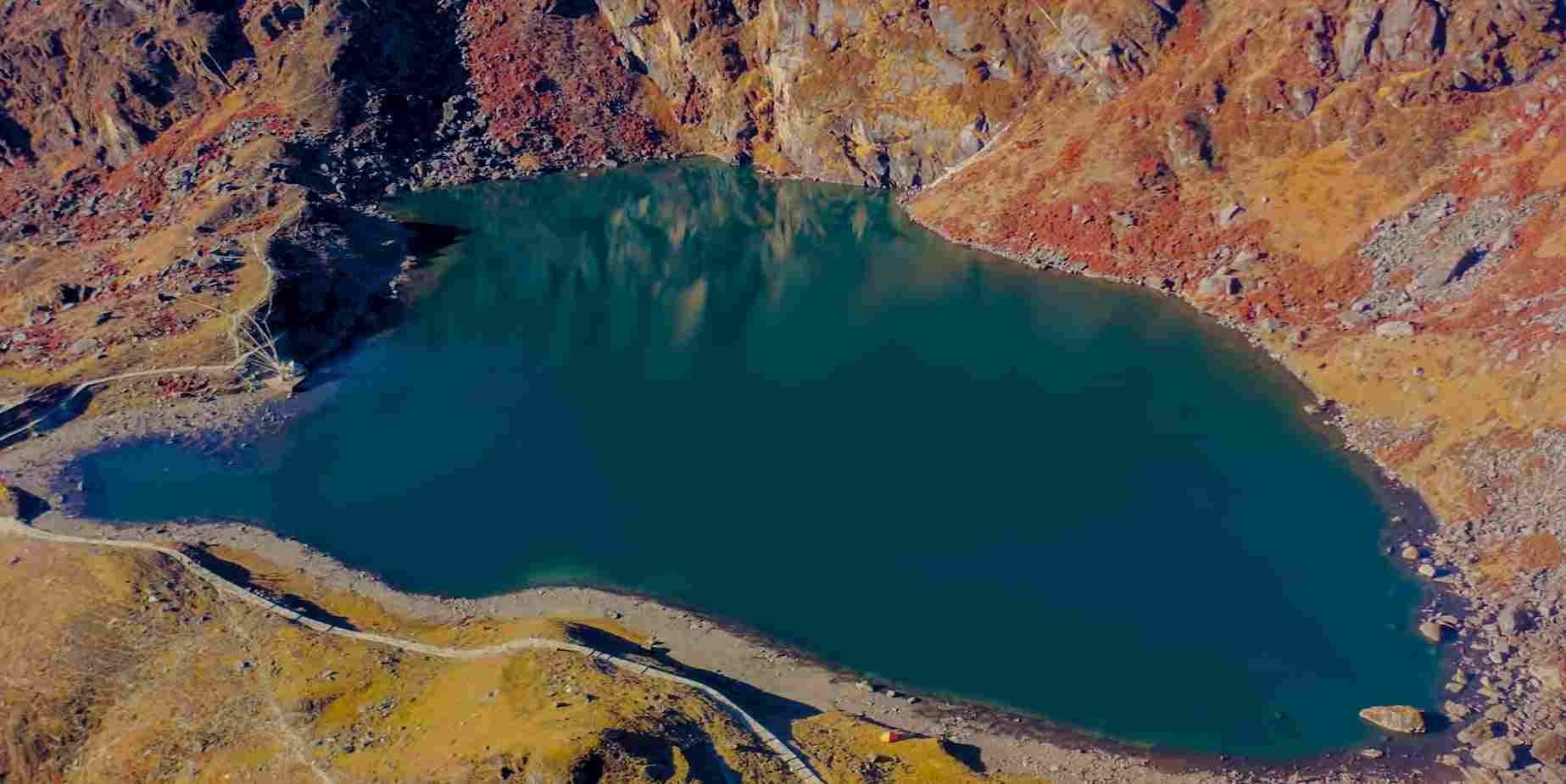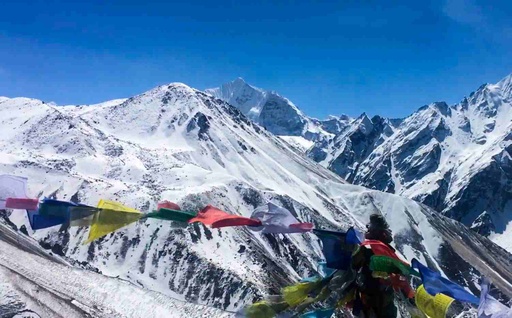Bhairav Kunda Trek is one of the freshly opened
trekking routes of Nepal. This trek is ideal for those who seek to explore new
places, new sides of culture, and unique lifestyles. The beautiful trekking
journey takes us to the most preserved holy lake “Bhairav Kunda” (4,240m).
Every year during the full moon day in Bhadra (August) thousands of pilgrims
visit this lake.
HIGHLIGHTS of Bhairab Kunda Trek:
Visit and explore around the fresh Bhairav Kunda Lake (4200m)
Panoramic views of different snow-capped mountains including Dorje Lakpa (6966m), Phurbi Ghhyachu (6,637m), and Madiya (6257m) in the Jugal Himal ranges.
Walk through lovely rivers, remote valleys, unique landscapes, and lush valleys.
Close-up views of various Tibetan plateaus and glaciers
Witness diverse flora and faunas
Explore and enjoy the natural hot spring in Tatopani.
The word” Bhairav” comes from the Sanskrit word
meaning the destructive expression of Lord Shiva while “Kunda” means pond. This
lake holds a divine place among Shamans, Buddhists, and Hindus. Near Bhairav
Kunda, there is another sacred lake “Panch Pokhari” (Five Ponds). The Bhairav
Kunda Trek initiates from Jalbire and passes through Newar, Gurung, and Sherpa
villages.
This way we will get an opportunity to get a close insight into the
rural way of living and traditional culture. The exclusive trail of Bhairav
Lake is enhanced with rhododendron forests, valleys that are situated on deep
valley topography, and stunning mountain views. Walking on smooth trails with
fewer ups and downs, the Bhairav Kunda Trek takes us through lush forests and
many ethnic villages. The peaceful lake on top of the mountain is like a blue
diamond surrounded by white snow.
Further, the trekking trail passes through dense
alpine forests, home to different wild animals like Red Pandas, Snow Leopard,
and Himalayan bears. Also, we can have the pleasure of the wonderful sound of the birds
chirping across our journey. En route, we will also get fabulous views of
mountains like Madiya (6,275m), Dorje Lakpa (6,966m), Phurbi Ghhyachu (6,637m),
and Jugal Himal.




